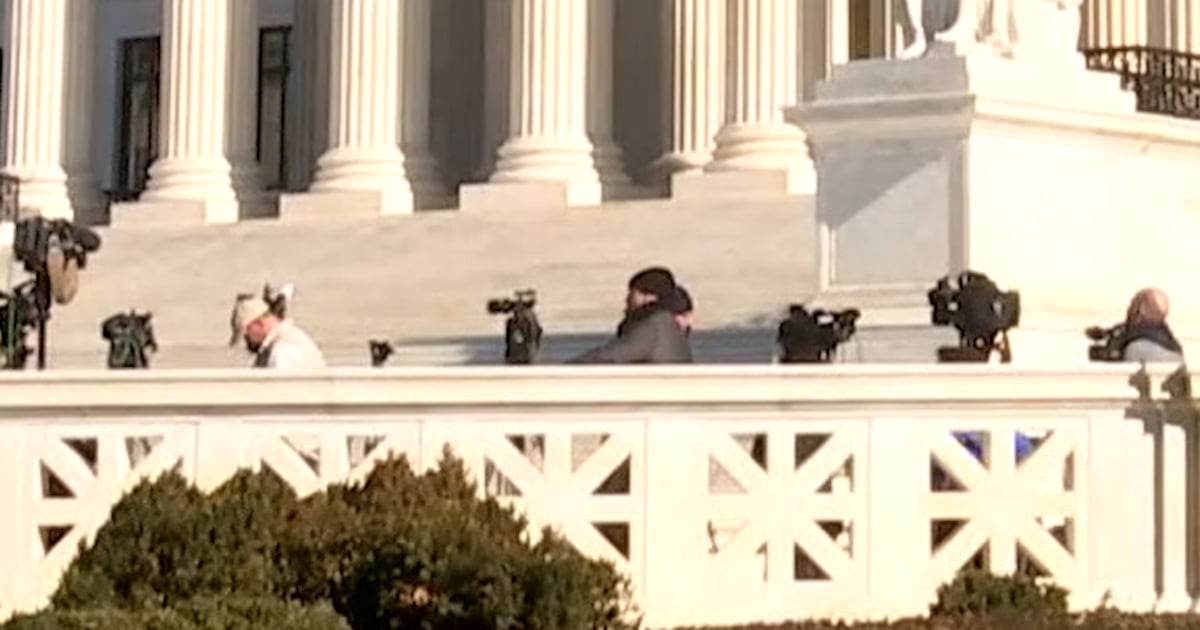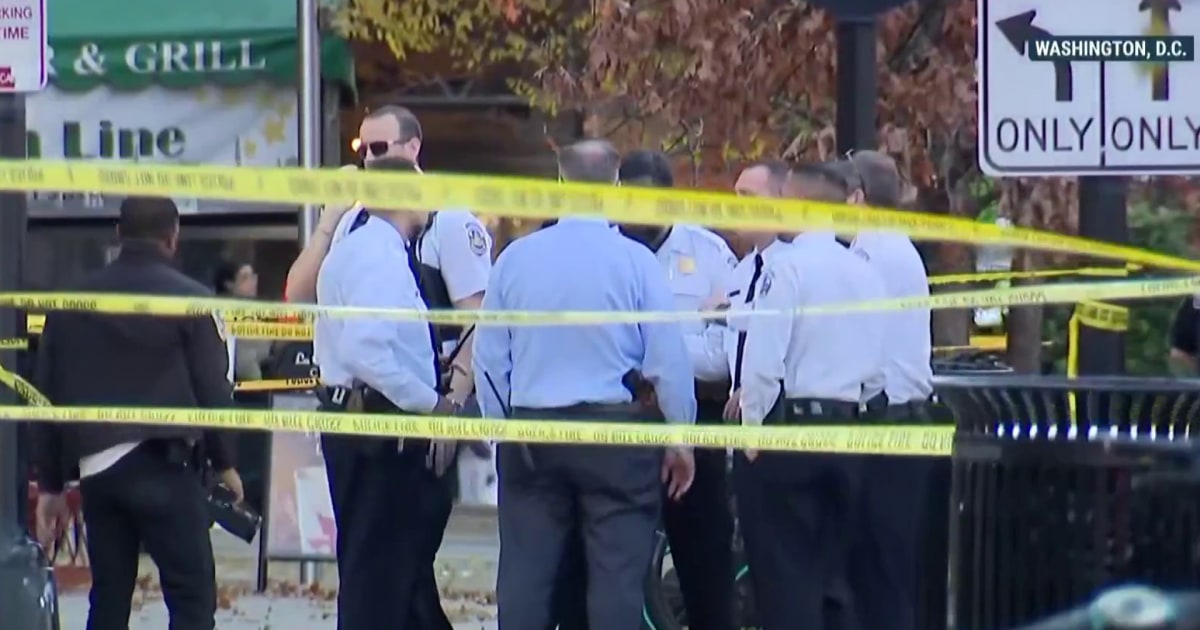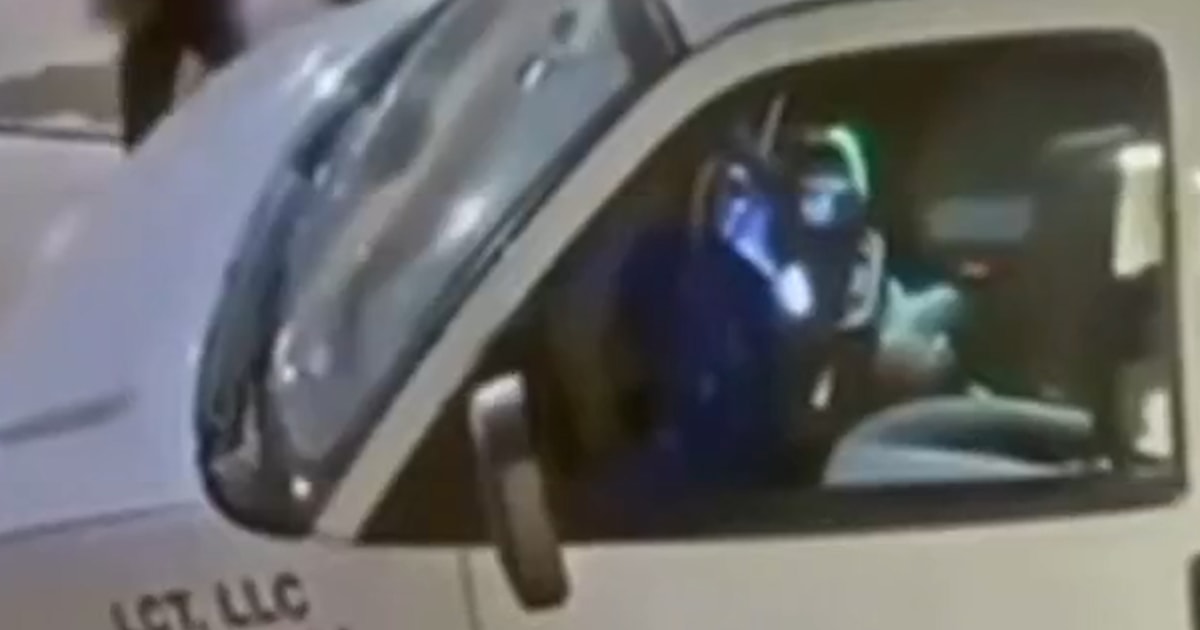President Trump shares a message to Americans who might be encountering pain and despair amid the government shutdown: “Hang in there, because I think a lot of good things are going to happen.”
Source link
Trump's message to Americans amid shutdown




